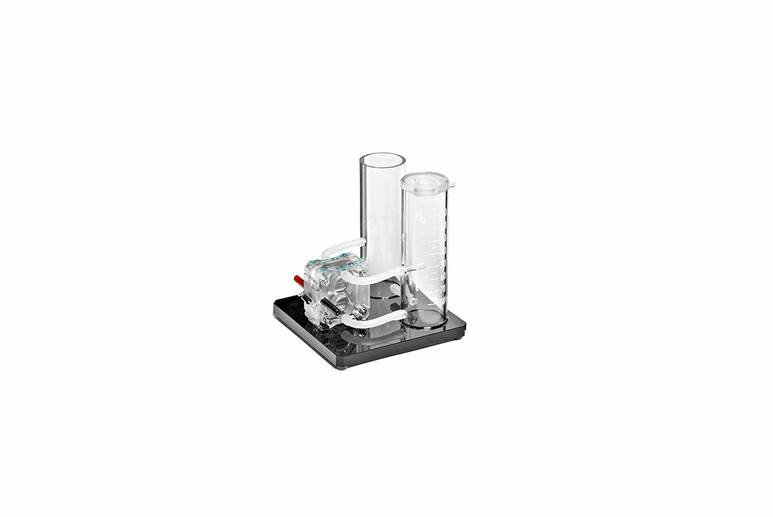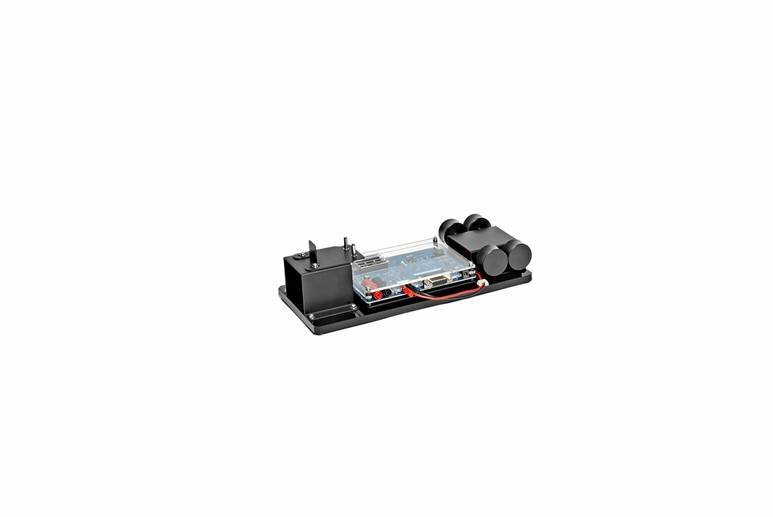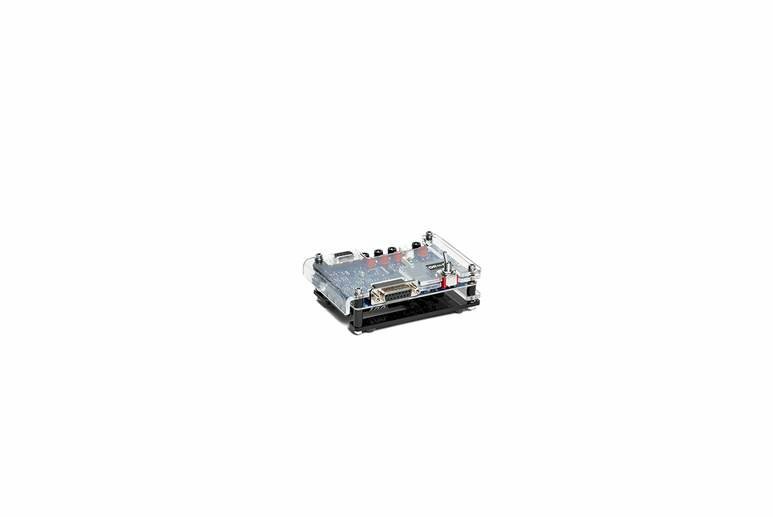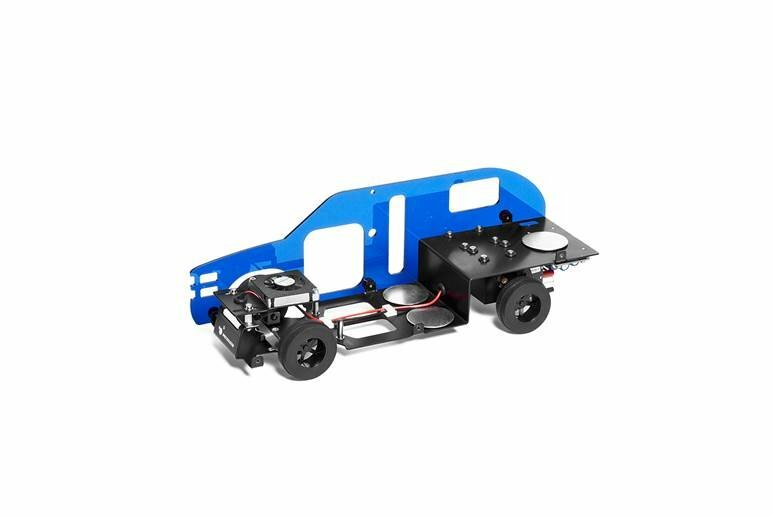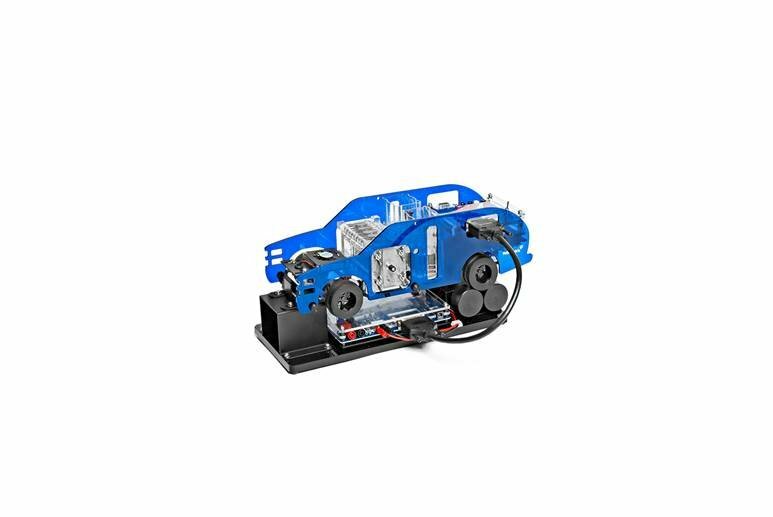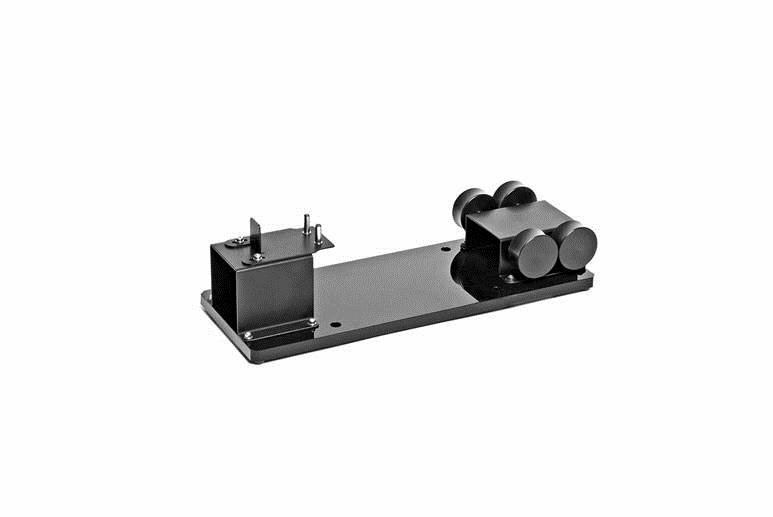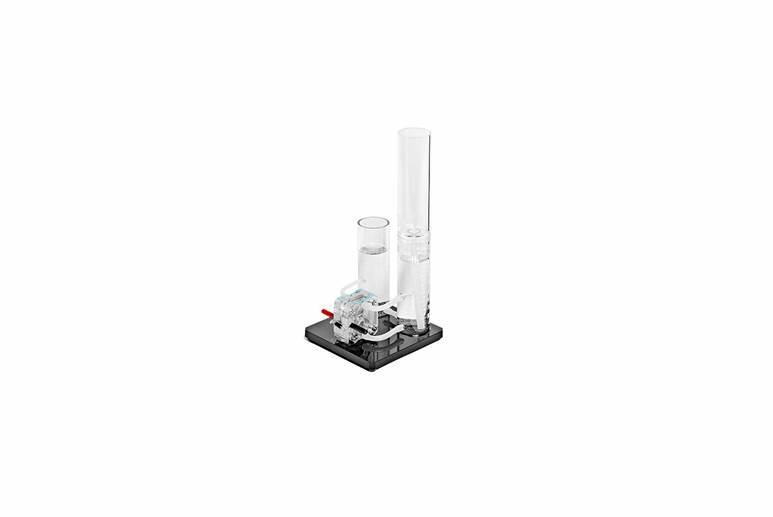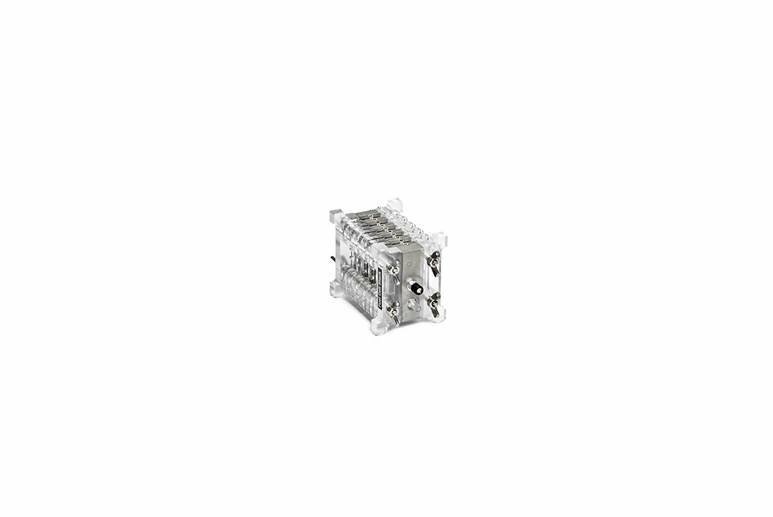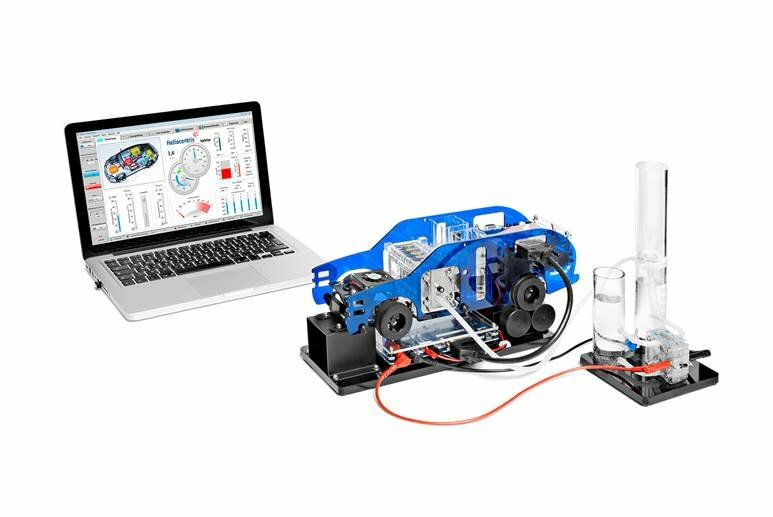HyDrive – Electric Vehicle Trainer (in Redesign)
Please note that the product is currently in redesign.
The HyDrive provides students with a hands-on experiment set to examine the construction, functionality and benefits of fuel cell and hybrid electric vehicles. The Electric Vehicle Trainer assists teachers in conveying the scientific principles behind this technology.
The HyDrive comes with an extensive didactic material and an educational software, facilitating teacher’s preparation and execution of classes.
Key Features
- FCEV vehicle that can be operated independently or in conjunction with a test bench
- H2 filling station to demonstrate safe vehicle refueling
- The modular set-up allow users to examine separate subcomponents or the complete hybrid system
- Actual components for real qualitative and quantitative analyses – no simulation
- Highly-advanced didactic software
- Extensive experiment guide with 13 experiments that facilitates autodidactical study and problem resolution
Experiments
- The charge and discharge characteristics of a supercapacitor
- The characteristic curve of a fuel cell and its maximum power point
- The relationship between the fuel cell performance and air supply
- The basic equation of motion and the conversion of electrical to mechanical power
- The characteristic curve and energy efficiency of an electrolzer
- FCEVs in practice: the recuperation of breaking energy
- Constructing and testing a hybrid system
Software
The educational software facilitates system control and parameter monitoring, data acquisition and graphical representation of the collected data.
The software visualizes vehicle component interaction, the conversion of one energy type to another, flow direction and state – it displays whether the vehicle is consuming or recuperating energy.
Exemplary drive cycles that can be configured and visualized with the software are:
- Inner city stop & go
- Highway, uphill or downhill
- Fuel cell performance depending on oxygen supply
- The recuperation of breaking energy
Product options
Fuel Cell Stack
The 1 W 5-cell air-breathing fuel cell stack uses hydrogen and oxygen to generate electrical energy. The number of cells can be varied to experiment with different levels of output.
Gas Storage (2 pieces)
The two 30 cm3 hydrogen storage canisters serve as a vehicle ‘gas tank’ and are being fueled using the hydrogen produced by the H2 filling station. The water absorber prevents the fuel cell from being flooded with distilled water.
Fan
The fan increases the inflow of ambient oxygen into the fuel cell stack helping to regulate or boost its performance.
Supercapacitor
Allows for the hybridization of the system using recuperated energy to power the vehicle by the capacitor only or in parallel with the fuel cell.
Hydrogen Filling Station
The H2 filling station consists of a 4 V doublemembrane electrolyzer that utilizes electricity to decompose water into oxygen and hydrogen. The produced hydrogen is being stored inside the 80 cm3 hydrogen canister and is being used to fuel the electric vehicle.
Test Bench Controller
The test bench emulates the road (i.e. rolling resistance), allowing for the simulation of typical load profiles and individual drive cycles (e.g. inner city stop-and-go vs. highway).
Energy Management Board
This central control unit allows for wireless Bluetooth activated system navigation (e.g. for regulating the vehicle velocity, the electrolyzer, or the supercapacitor recuperation ratio) as well as data measurement and acquisition (e.g. individual cell voltages).
